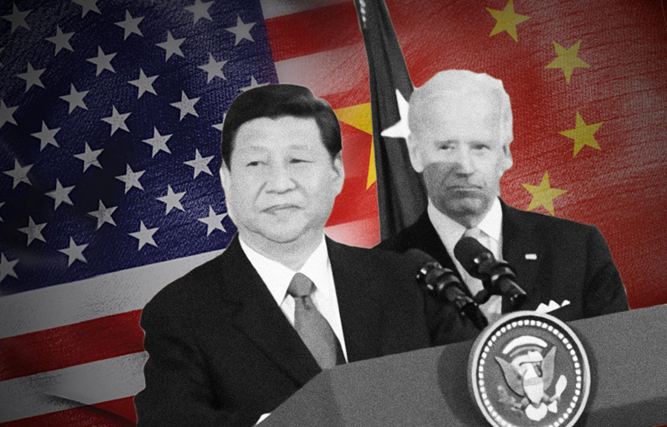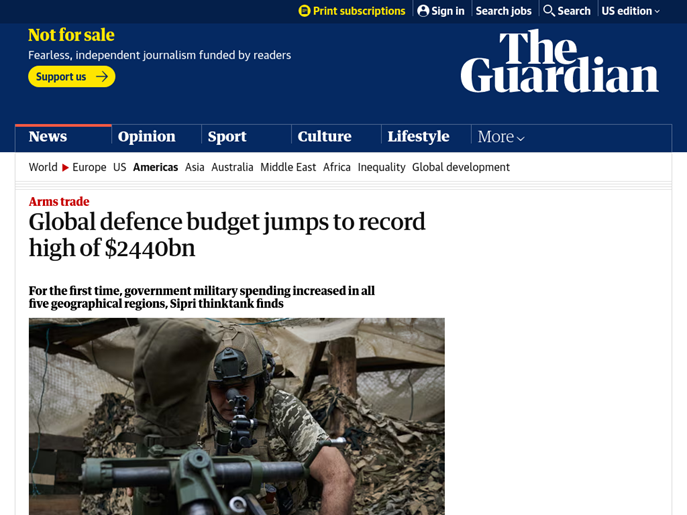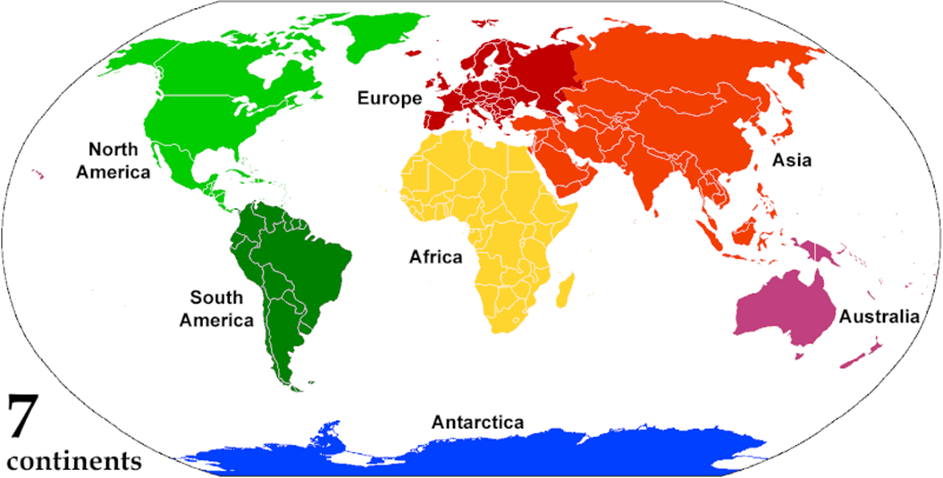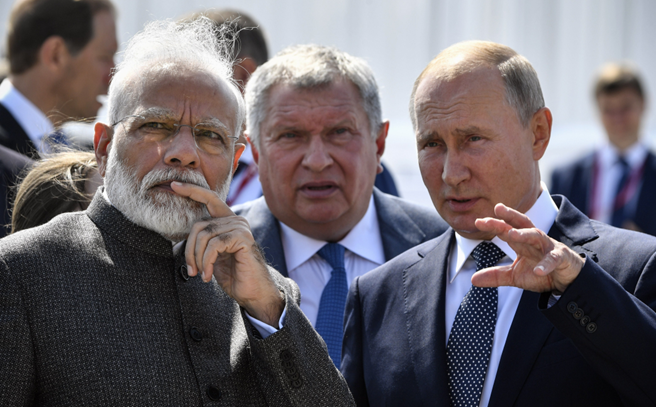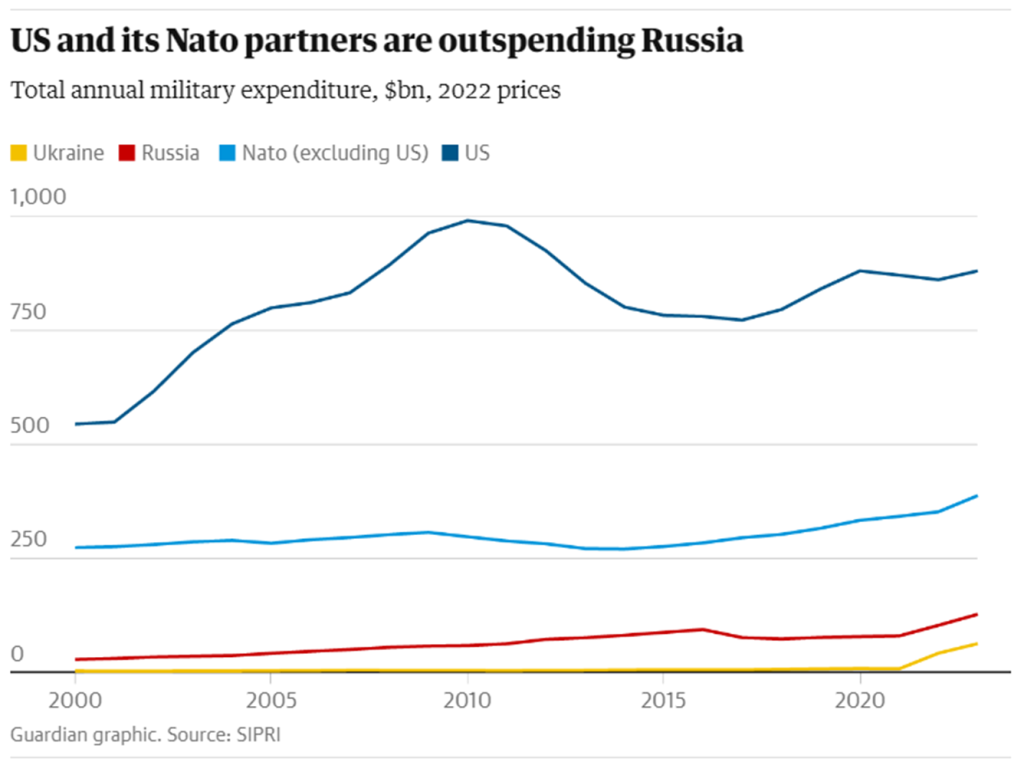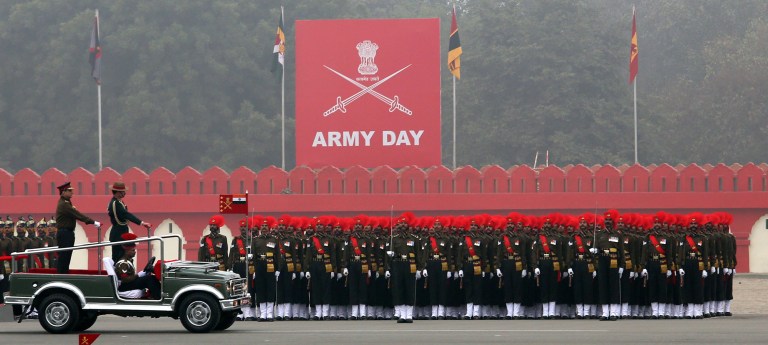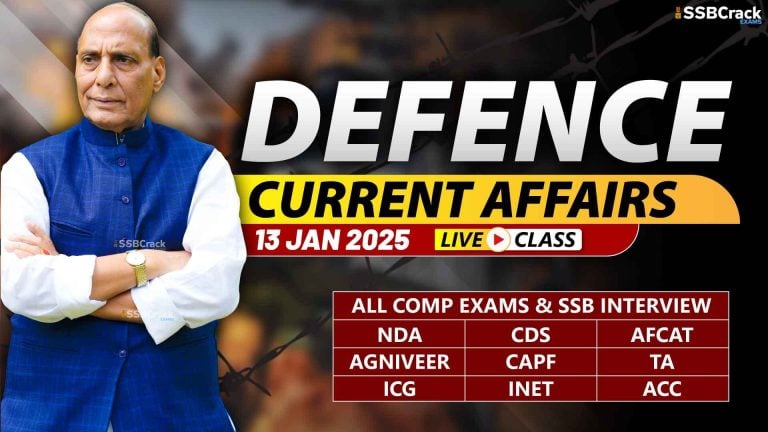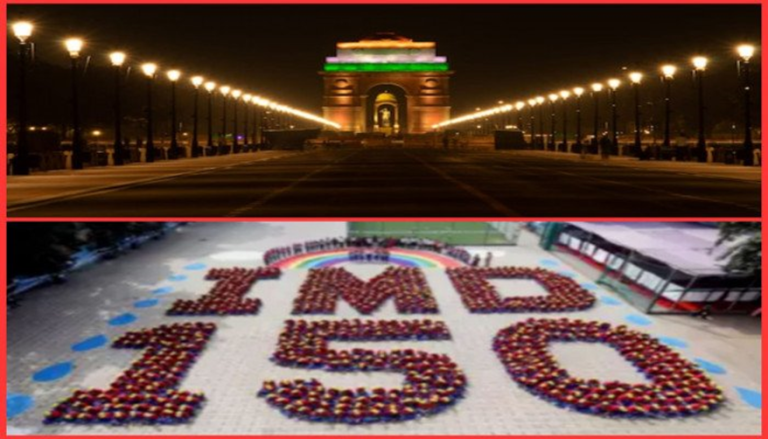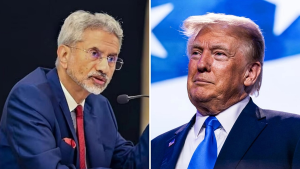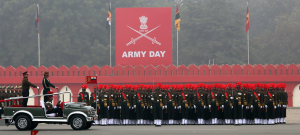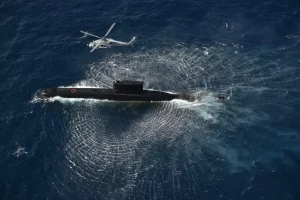For the first time, government military spending increased in all five geographical regions, Sipri thinktank finds
Global Defence Budget Jumps To Record High Of $2440bn
Global military expenditure has reached a record high of $2440bn (£1970bn) after the largest annual rise in government spending on arms in over a decade, according to a report. For the first time, analysts at the thinktank recorded a rise in military outlay in all five geographical regions: Africa, Europe, the Middle East, Asia and Oceania and the Americas.
The two largest spenders – the United States (37%) and China (12%) – made up around half of global military spending, increasing their expenditure by 2.3% and 6% respectively. The US government spent 9.4% more on “research, development, test and evaluation” than in 2022 as Washington sought to stay at the forefront of technological developments.
Russia, India, Saudi Arabia and the UK – the largest spender in central and western Europe after a 7.9% year-on-year increase – follow in Sipri’s league table. The Kremlin’s military expenditure in 2023, after a year of full-scale war with Ukraine, was 24% higher than in 2022 and 57% more than in 2014, when Russia invaded Crimea. With spending at 5.9% of GDP, equivalent to 16% of the Russian government’s total expenditure, 2023 marked the highest levels recorded since the dissolution of the Soviet Union.
Since 2014, when Russia first invaded Crimea and the eastern Donbas region of Ukraine, the US has been shifting its focus from counter-insurgency operations and asymmetric warfare to “developing new weapon systems that could be used in a potential conflict with adversaries with advanced military capabilities”, according to Sipri’s report.
Amid growing tensions with China and Pakistan, Indian spending was up by 4.2% from 2022 and by 44% from 2014, reflecting an increase in personnel and operational costs. Sipri’s analysts noted that 75% of India’s capital outlay was on domestically produced equipment, the highest ever ratio, as India progressed towards its goal of becoming self-reliant in arms development and production.
Saudi Arabia’s 4.3% rise in spending, to an estimated $75.8bn, or 7.1% of GDP, was said to have been powered by the increased demand for non-Russian oil and rising oil prices after Russia’s invasion of Ukraine. Expenditure in the Middle East rose by 9% to an estimated $200bn, making it the region with the highest military spend as a proportion of GDP in the world at 4.2%, followed by Europe (2.8%), Africa (1.9%), Asia and Oceania (1.7%) and the Americas (1.2%).
The military expenditure of Israel, second behind Saudi Arabia in the region but ahead of Turkey, grew by 24% to reach $27.5bn, driven mainly by its offensive in Gaza. Iran was the fourth largest military spender in the Middle East. Its spending went up marginally (+0.6%) to $10.3bn. Sipri said the share of total military spending allocated to the Islamic Revolutionary Guard Corps had been increasing since at least 2019. Ukraine became the world’s eighth biggest military spender in 2023, with an annual rise of 51% to reach $64.8bn, still only equivalent to 59% of Russia’s military spending that year.
